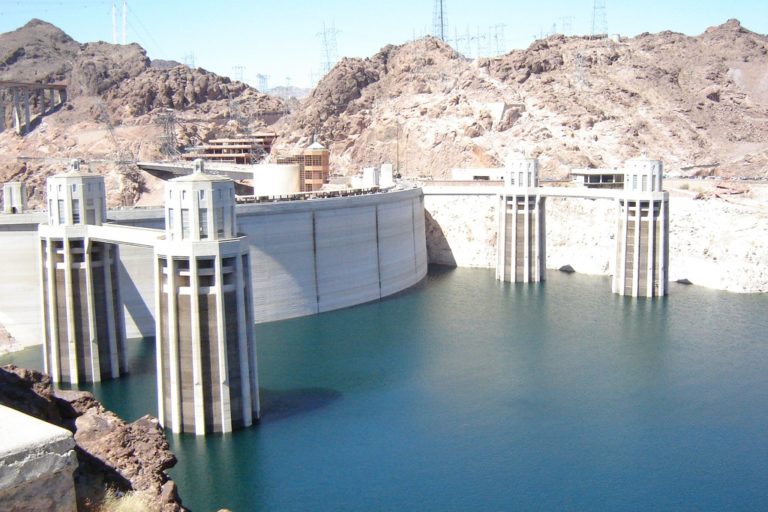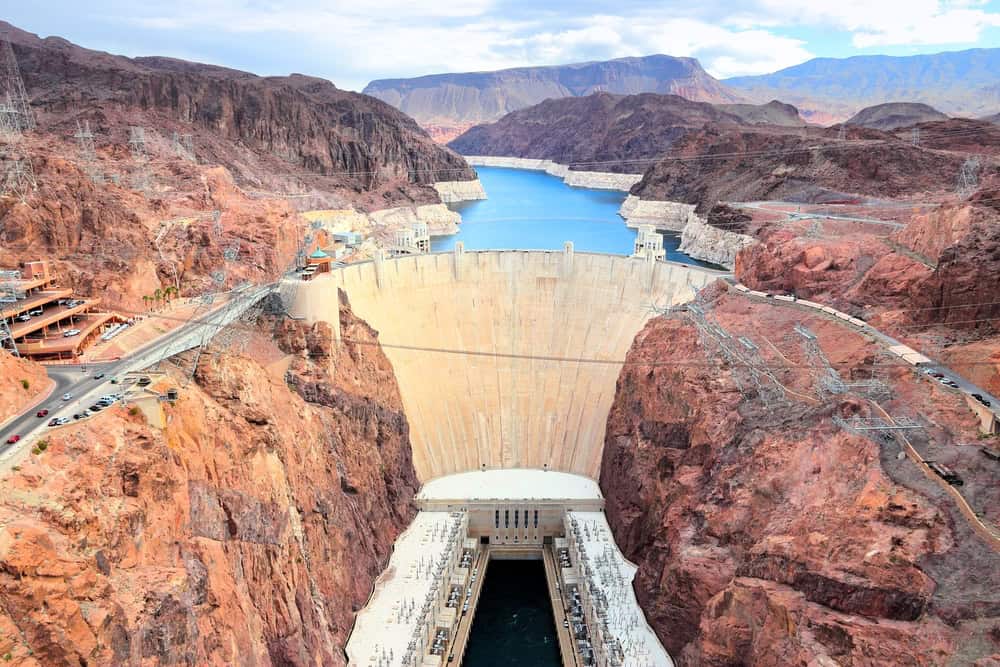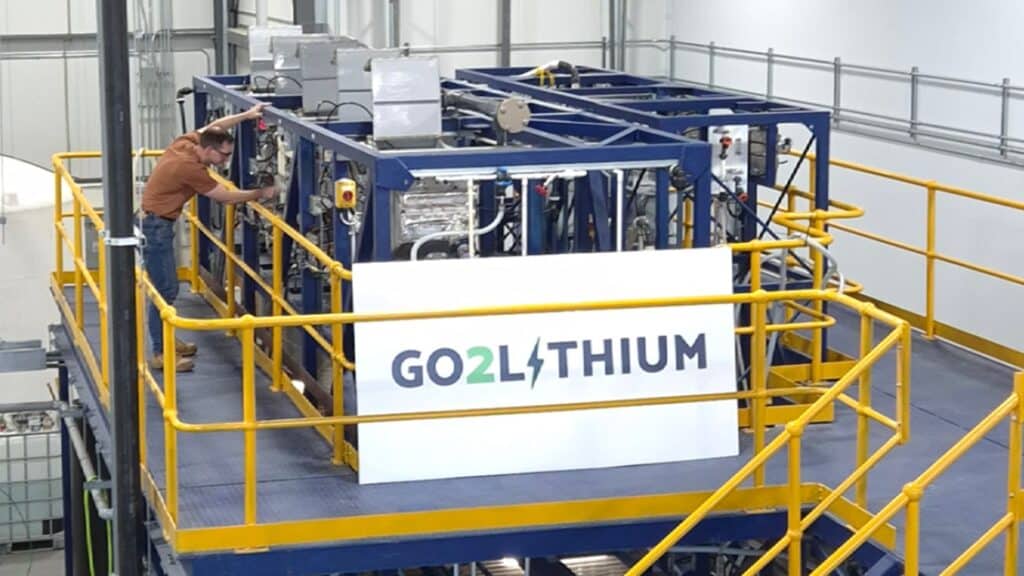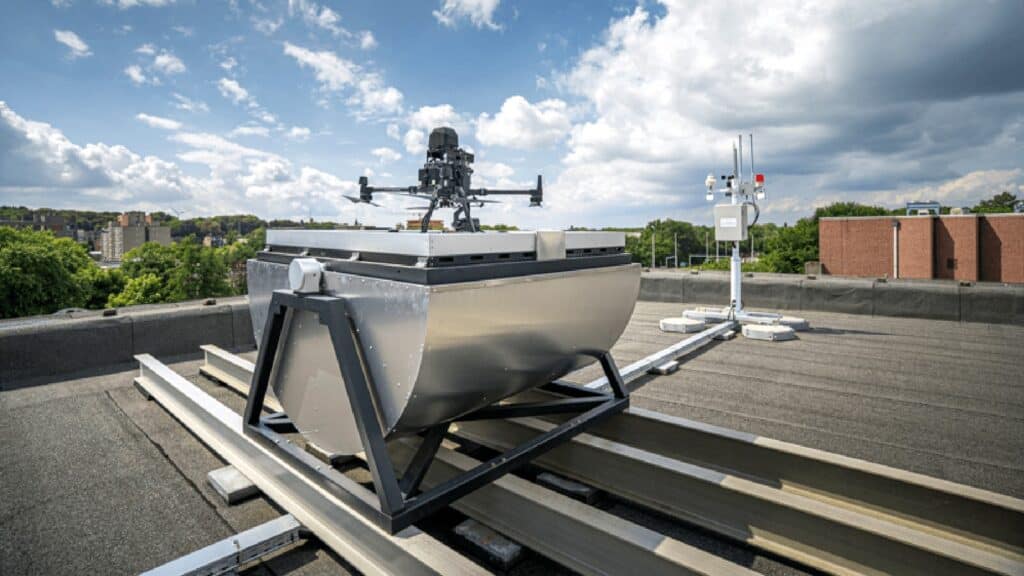The US Department of Energy (DOE) has committed $430 million to modernize 293 hydroelectric power projects across 33 states, aiming to enhance the safety, efficiency, and environmental sustainability of America’s ageing hydropower infrastructure. Funded by the Bipartisan Infrastructure Law under the “Investing in America” initiative, this investment is crucial for the continued operation of hydropower, which provides 93% of the nation’s renewable electricity generation. Upgrades will focus on replacing outdated turbines, generators, and control systems to improve utility resilience and grid stability. Additionally, significant efforts will be made to enhance dam safety and mitigate environmental impacts, such as improving fish habitats and installing systems to aid aquatic species’ passage through dams. This initiative will also protect about 6,000 jobs, contributing to the future of America’s clean energy transition by reducing reliance on fossil fuels and supporting energy independence. Hydropower continues to be a trusted renewable energy source, offering both electricity generation and energy storage, stabilizing the grid during high-demand periods. This investment paves the way for a more sustainable and resilient energy future in the US.

Through the Department of Energy (DOE), the US government has made a significant investment in hydroelectric power.
Under the’ Investing in America ‘ initiative, the DOE will allocate up to$ 430m to improve 293 hydroelectric energy projects across 33 states.
These efforts, funded by the Bipartisan Infrastructure Law, will enhance the safety, efficiency, and environmental sustainability of America’s ageing hydraulic power infrastructure while safeguarding thousands of jobs.
What is hydraulic power?
Hydraulic power, generally known as hydropower, harnesses the energy of flowing water to generate electricity. Normally, water is stored in reservoirs behind dams and released through turbines, producing electricity as it flows. Hydropower, one of the oldest and most trustworthy renewable energy sources, was first used in the US almost 150 years ago. One of the main advantages of hydraulic power is that it can produce a lot of electricity at low emissions, making it a safe source of energy. Also, hydropower facilities can double as energy storage, helping to stabilise the grid during times of high demand.
The role of hydropower in US energy production
In the United States, hydropower generates an impressive 93 % of renewable electricity generation and accounts for nearly 27% of utility-scale energy storage.
Despite its vital role in clean energy production, some hydropower facilities have been in operation for decades—79 years on average—making upgrades essential to their continued operation.

By modernizing crucial components and ensuring that they remain a pillar of America’s clean energy landscape, the DOE’s new investment aims to address the challenges facing these aging facilities.
Important areas of investment
The 293 selected projects will enhance grid resilience, improve dam safety, and protect thousands of jobs. Among the important areas for investment are:
- Utility resilience: The projects will replace and upgrade ageing turbines, generators, control systems, and transformers. Hydropower facilities will continue to provide dependable electricity to the grid while improving their efficiency as a result of upgrading this equipment.
- Pond safety: The DOE will focus on fortifying ageing hydroelectric power infrastructure, such as emergency spillways and water conveyance systems, to ensure dams can handle extreme weather events. Also, repairs to the dams ‘ ability to control water flow and prevent harmful overtopping will be made with practical replacement and erosion repairs.
- Climate and fun enhancements: Hydropower upgrades will also bring about significant environmental improvements, including better water conditions and increased fish habitats. For instance, fish ladders and other systems will be put in place to facilitate the passage of aquatic species through dams more quickly, reducing the impact of hydraulic activities on the environment.
Moreover, these projects will promote recreational opportunities around hydroelectric dams, expanding water access for activities like boating, kayaking, and white-water rafting.
Walking trails and another amenity improvements will be made to encourage people interaction with these energy-producing sites.
Job creation and long-term impact
About 6,000 jobs will be protected by the DOE’s hydropower initiative, which includes contractors and hydropower facilities.
Jennifer Granholm, the US’s secretary of energy, stated that” today’s funding will expand and modernize our hydropower fleet while protecting thousands of British jobs.”
The government makes sure that hydropower will continue to be a trusted and environmentally friendly energy source in the future by modernizing these plants.
This initiative even aligns with larger efforts to create a fresh energy economy and secure America’s energy independence. By stabilizing the grid and reducing reliance on fossil fuels, hydropower, a form of energy storage, and a solar energy source, plays a crucial role in this transition.
This investment improves a trustworthy energy source while even laying the foundation for a more adaptable and sustainable future. With its rich history and enormous potential, hydraulic power continues to play a significant role in the global transition toward clean energy.









